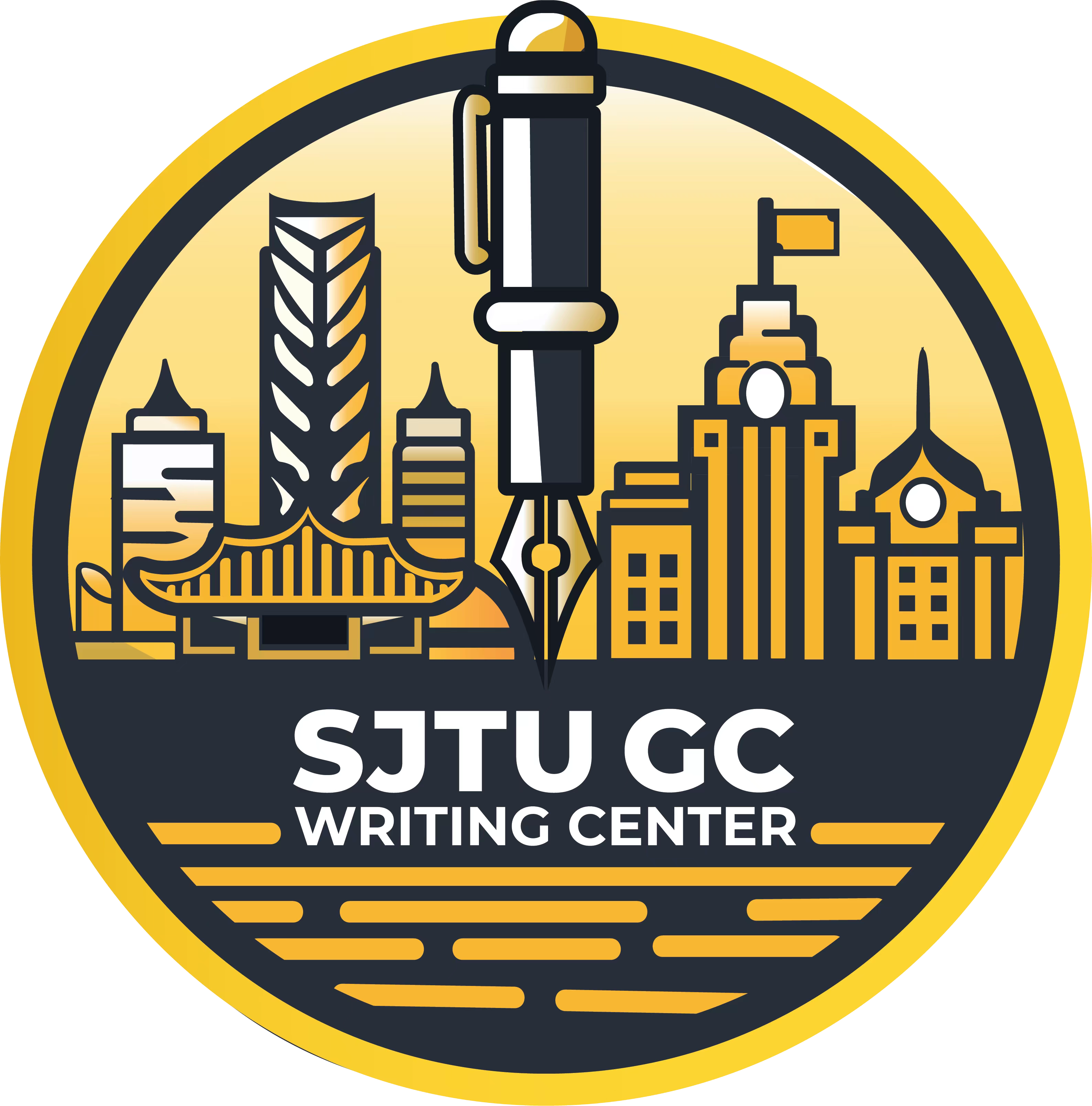Avoiding Plagiarism
Plagiarism is the act of using someone else’s ideas, work, or expressions without proper authorization or acknowledgment and presenting them as one’s own original content. It includes directly copying text, ideas, data, images, or code, as well as paraphrasing or summarizing without proper citation.
JI’s Honor Code has a strict definition of plagiarism: if you consecutively use three words from another person’s work without citation, it is considered plagiarism. However, Dr. Ryan Thorpe believes this standard is overly harsh. In reality, most of us are aware of academic integrity and strive to avoid plagiarism. However, unintentional plagiarism often occurs without us realizing it. Therefore, it is necessary focus on how to prevent unintentional plagiarism.
1. Before writing
When you’re doing some research, keeping track of the sources and taking detailed notes are highly recommended. Most unaware plagiarism happens when people think they have extracted ideas in their own minds, but these ideas actually come from others’ works they have read before. If you track down sources and take detailed notes, you will differentiate whether your opinion is directly from others’ works or from yourself. Additionally, taking detailed notes strengthens your memory and helps you integrate into the field you are writing about.
2. During wiriting (facts and opinions)
Universally known facts do not require citations because they do not belong to any individual’s intellectual contribution. For example, “The People’s Republic of China was founded in 1949” is a widely recognized fact and does not need a citation. On the other hand, when incorporating someone else’s viewpoint, it is usually clear that a citation is required. For instance, the claim that “AI will replace engineers” is not an objective fact but rather a conclusion drawn by an author based on their analysis of current trends. Since this reflects their reasoning and perspective, citing the source is necessary to avoid plagiarism.
A more challenging situation arises when facts and opinions are intertwined. For example, “According to CEIC statistics, the number of private cars in Shanghai in 2023 was 4,218,544.” At first glance, this appears to be a fact. However, this number is derived using CEIC’s statistical methods, meaning it is not an absolute truth but rather a result shaped by their methodology. Since the data itself reflects CEIC’s analytical approach, it should be cited to acknowledge their contribution.
When it becomes difficult to distinguish between fact and opinion, remember Dr. Ryan Thorpe’s golden rule: When in doubt, cite. If you are uncertain, err on the side of caution and cite the source. This simple habit can help you avoid unintentional plagiarism and uphold academic integrity.
3. During writing (AI tools)
Note that directly using ideas from an AI-generated summary without proper attribution can be considered plagiarism, especially if students present those ideas as their own without citing the original source. So how to use AI properly?
First, AI-generated summaries may not always be accurate. Always check the original article to ensure correctness. That means you can use AI tools to help build the structure of an article, but concrete content, facts and opinions always need you to analyze.
Second, using AI tools to rephrase opinions from others’ works is OK, but remember to cite it. It needs to be reminded that deep reliance on AI rephrasing may rob you of understanding the articles, since the knowledge in those articles can’t go through you brain before you rephrase them.
Third, AI tools can help you evaluate opinions in others’ works and during this process you can learn more about the field you are writing about. For instance, you can use keywords like “affirmative and opposing perspective about this opinion”. Then, if you are a freshman in a specific field, you will no longer just accept and acknowledge other senoirs’ opinions, but have a more comprehensive and critical understanding.
4. After writing
you can also use some web tools to check if there exists plagiarism. They are listed as follows:
